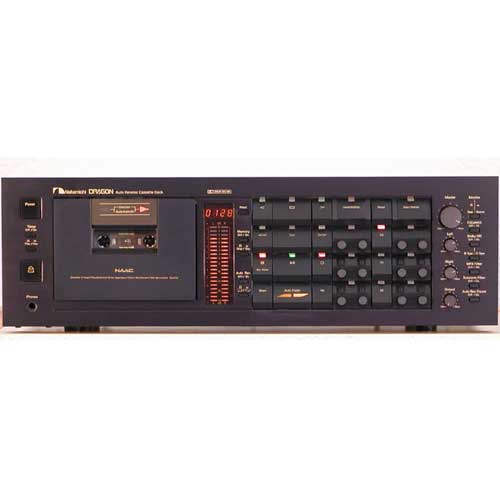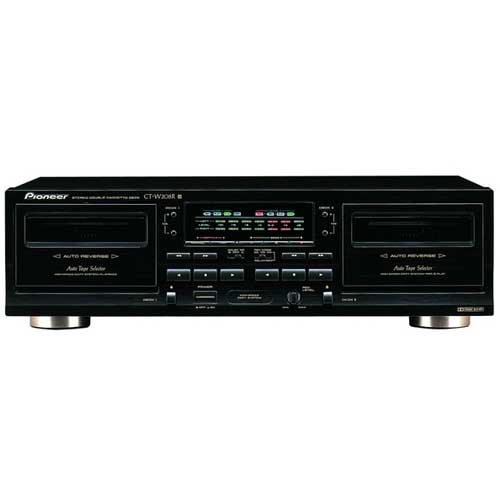The cassette deck, for many, was a very convenient format in its day. Cassettes allowed for an easy and simple method of recording a source of the user’s choice with very good results in a Hi-Fi separates system.
Originally conceived for dictation purposes, the cassette soon became a more frequently used format in recording when its popularity began to grow by the early 1960s. Up until then, the consumer had only the choice of expensive open reel recorders, or RCA’s very rare and very expensive magnetic recording cartridges (not to be confused with Lear Jet’s 8-track).
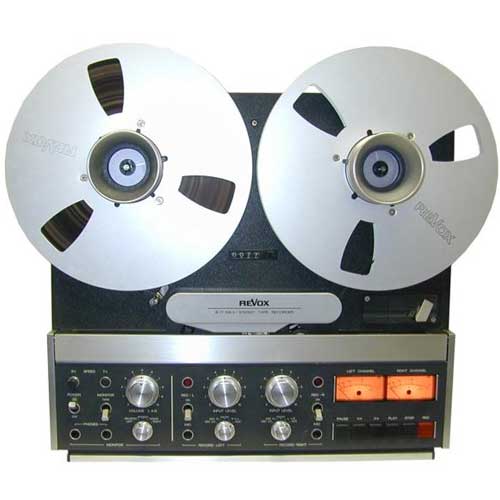
However, the cassette still had a long way to go for it to be a favourite of the audio enthusiast. Even then, reel to reels became more advanced and had superior results, soon followed by the 8-track cartridge.
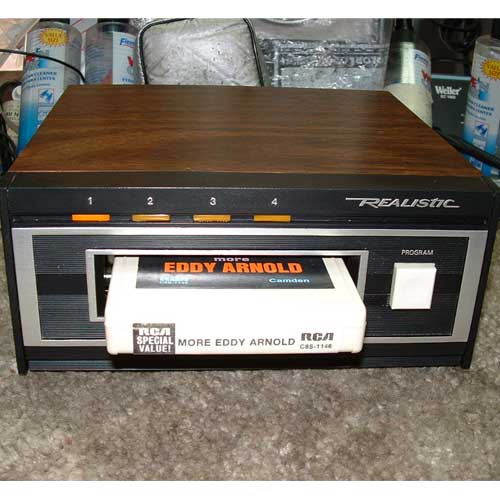
The 8-track was originally a design by Lear Jet industries for the exclusive use in Ford’s motor cars; the sound and design soon became widespread as its convenience and sound factors shone through as relatively impressive. Yet, by the late 1960s the cassette deck arrived on the Hi-Fi scene. This time tape bias types were available, cassette decks had started to be mass-produced and it was smaller, cheaper and much more accessible to record onto than any other existing format. Sure enough, the cassette took hold when Pioneer introduced their CT-7 cassette deck in 1972.
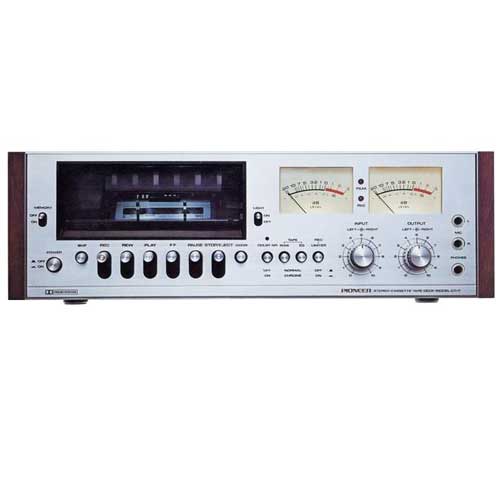
As the years passed, the technology grew. Dolby noise reduction was becoming standard and tape bias types became more and more variable. Metal, Chrome and Ferric were the most popular and reflected three main price bands of tapes available. The 8-track suffered sale losses as the late 1970s approached as they became unreliable, stretched and all remained expensive to buy. In 1980, the cassette was the clear successor.
At Hifi Gear we still believe that the cassette tape still has a little to give. All those albums you’ve collected over the years on tapes can be costly to replace on CD, or all of those priceless memories of recording your very own ‘mix tape’ can’t sadly be emulated in today’s iPod generation. We recently put the latest Pioneer tape deck to the test. Using an expensive blank Phoenix Metal tape and a Pioneer CT-W208R dual cassette deck (available from us at Hifi Gear) we sought to see how it stacked up against the original source CD. We were impressed! It may not be as true and as accurate as a CD, but then again, the sound was still crisp and carried dimension. It is certainly worth considering as opposing to replacing all of those pre-recorded cassette albums. Or, if you really wanted to, you could convert your tapes and even your vinyl collection to CD by Teac’s LP-R500 Copy Station - a high quality and affordable device from Hifi Gear which allows you to preserve those precious analogue memories.
Cassettes had vanished in pre-recorded form by the early 2000s when the CD was at its height of popularity. Despite this, even in today’s world, the cassette can still be found to be in use. Mainly as it was originally intended all those many years ago: to record your dictations.
Tom Parker,
Sales and Website Admin

